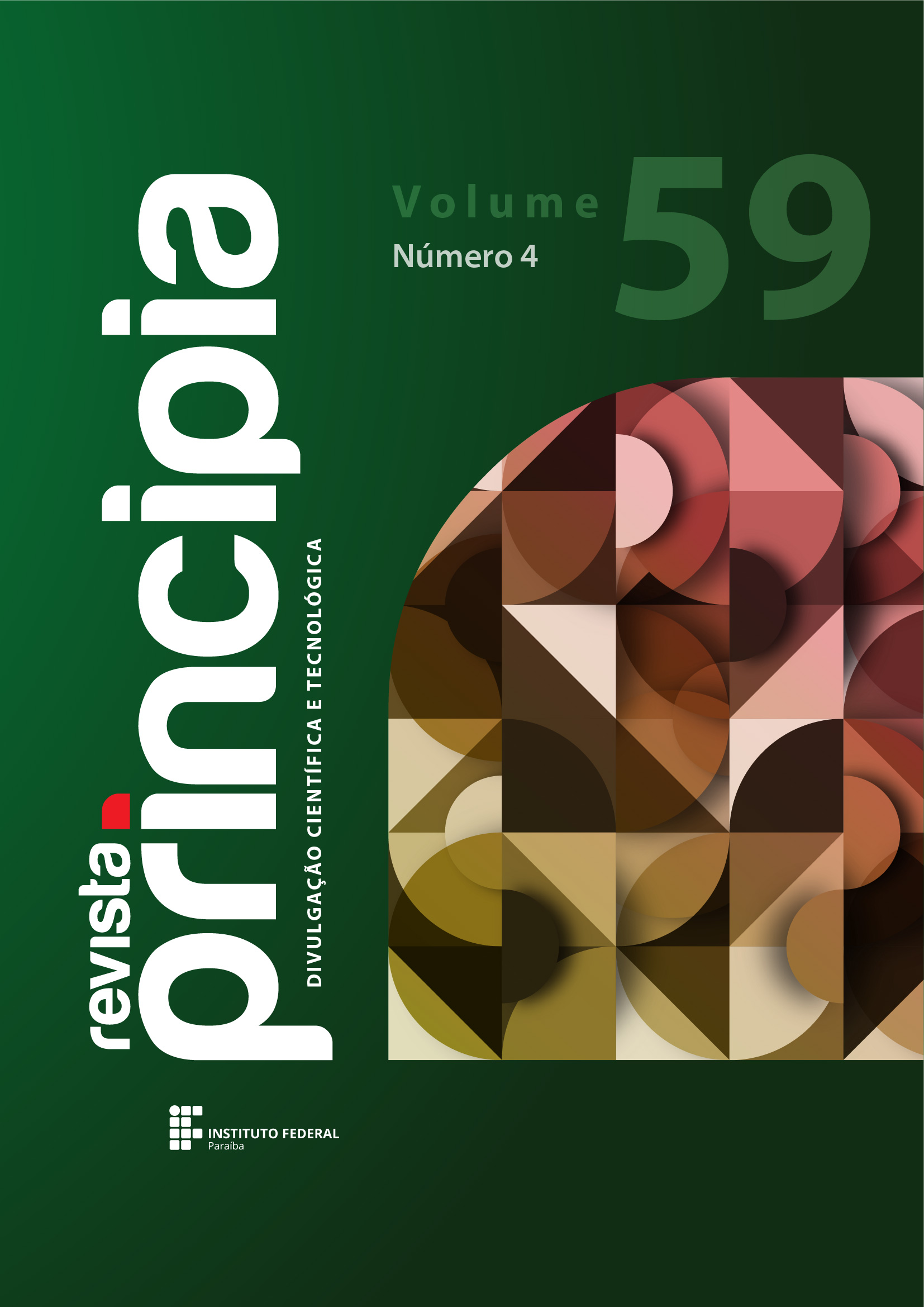Incremental analysis including shrinkage, creep and constructive effects on reinforced concrete transfer beam
DOI:
https://doi.org/10.18265/1517-0306a2021id5470Palavras-chave:
constructive effects, creep and shrinkage, reinforced concrete buildings, staged constructionResumo
The numeric modelling and methods of measurement applied to reinforced concrete structures could differ from the buildings’ real conditions. The staged constructive method effects, in which loads are positioned on the floors below, and time strains, such as creep and shrinkage when taken into account in conventional structural analysis, occur in a simplified manner. For hyperstatic structures under high loads cases – as is the case of transfer beams – even more, relevant to the mentioned effects, which could be crucial for ensuring structural safety. Therefore, it is indispensable to apply the incremental analysis method and know the consequences of stress and strains caused by construction loads and time strains. This study aims to model a 10-storey standard building on SAP 2000 software containing a hyperstatic transfer beam on the ground floor. It will be considered shrinkage, creep and constructive effects, analyzing a 2D gantry, and trying to identify how these deformations influence the values of maximum moments in the transfer beam. The main results comprise a negative bending moment increase near the central columns when compared to the conventional analysis performed for transfer beams.
Downloads
Métricas
Referências
ABNT – ASSOCIAÇÃO BRASILEIRA DE NORMAS TÉCNICAS. NBR 6120: Cargas para o cálculo de estruturas de edificações. Rio de Janeiro: ABNT, 2019. In Portuguese.
ABNT – ASSOCIAÇÃO BRASILEIRA DE NORMAS TÉCNICAS. NBR 6123: Forças devidas ao vento em edificações. Rio de Janeiro: ABNT, 1988. In Portuguese.
ABNT – ASSOCIAÇÃO BRASILEIRA DE NORMAS TÉCNICAS. NBR 15696: Formas e escoramentos para estruturas de concreto – Projeto, dimensionamento e procedimentos executivos. Rio de Janeiro: ABNT, 2009. In Portuguese.
ACI – AMERICAN CONCRETE INSTITUTE. ACI 347-14: Guide to Formwork for Concrete. Farmington Hills: American Concrete Institute, 2014.
CEB – COMITE EURO-INTERNATIONAL DU BETON. Ceb-Fip model code for concrete structures: Evaluation of the time-dependent behaviour of concrete. Bulletin d'information, Lausanne, n. 199, 1990. 201 p.
CEN – COMITÉ EUROPÉEN DE NORMALISATION. EN 1992-1-1: Eurocode 2: Design of concrete structures. Part 1-1: General rules and rules for buildings. Brussels: Comité Européen de Normalisation, 2004.
CSI – COMPUTERS & SCTRUCTURES, INC. SAP 2000: Integrated Solution for Structural Analysis and Design. CSI Analysis Reference Manual. Advanced version 14.0.0. Walnut Creek: Computers and Structures, Inc., 2014.
LEITE, A. C. F. Comportamento estrutural de edificações de concreto de múltiplos pavimentos considerando o efeito construtivo. 2015. Dissertação (Mestrado em Engenharia Civil) – Universidade Católica de Pernambuco, Recife, 2015. Available at: http://tede2.unicap.br:8080/handle/tede/69. Accessed on: 2 aug. 2021. In Portuguese.
MARQUES, O. C.; FEITOSA, L. A.; ALVES, E. C. Avaliação dos efeitos construtivos e interação soloestrutura na estabilidade global da estrutura. In: IBERO-LATIN AMERICAN CONGRESS ON COMPUTATIONAL METHODS IN ENGINEERING, 38., Florianópolis, 2017. Anais […]. Florianópolis: ABMEC, 2017. p. 1-16. DOI: http://dx.doi.org/10.20906/CPS/CILAMCE2017-0036. In Portuguese.
MENON, N. V.; NOGUEIRA, R. S. Análise incremental em pórticos de edifícios altos em concreto armado. Ciência e Engenharia, v. 24, n. 1, p. 79-88, 2015. In Portuguese.
SANTIAGO FILHO, H. A.; PEREIRA, R. G. S.; SILVA, F. A. N. Comportamento estrutural de edifícios de concreto armado devido aos efeitos construtivos. In: CONGRESSO BRASILEIRO DO CONCRETO, 56., Natal. Anais […]. Natal: IBRACON, 2014. In Portuguese.
Downloads
Publicado
Como Citar
Edição
Seção
Licença
Copyright (c) 2021 Revista Principia - Divulgação Científica e Tecnológica do IFPB

Este trabalho está licenciado sob uma licença Creative Commons Attribution 4.0 International License.
Esta revista, seguindo as recomendações do movimento de Acesso Aberto, proporciona seu conteúdo em Full Open Access. Assim os autores conservam todos seus direitos permitindo que a Revista Principia possa publicar seus artigos e disponibilizar pra toda a comunidade.
A Revista Principia adota a licença Creative Commons 4.0 do tipo atribuição (CC-BY). Esta licença permite que outros distribuam, remixem, adaptem e criem a partir do seu trabalho, inclusive para fins comerciais, desde que lhe atribuam o devido crédito pela criação original.
Os autores estão autorizados a enviar a versão do artigo publicado nesta revista em repositório institucionais, com reconhecimento de autoria e publicação inicial na Revista Principia.
Demais informações sobre a Política de Direitos Autorais da Revista Principia encontram-se neste link.
























 (precisa estar logado)
(precisa estar logado)






